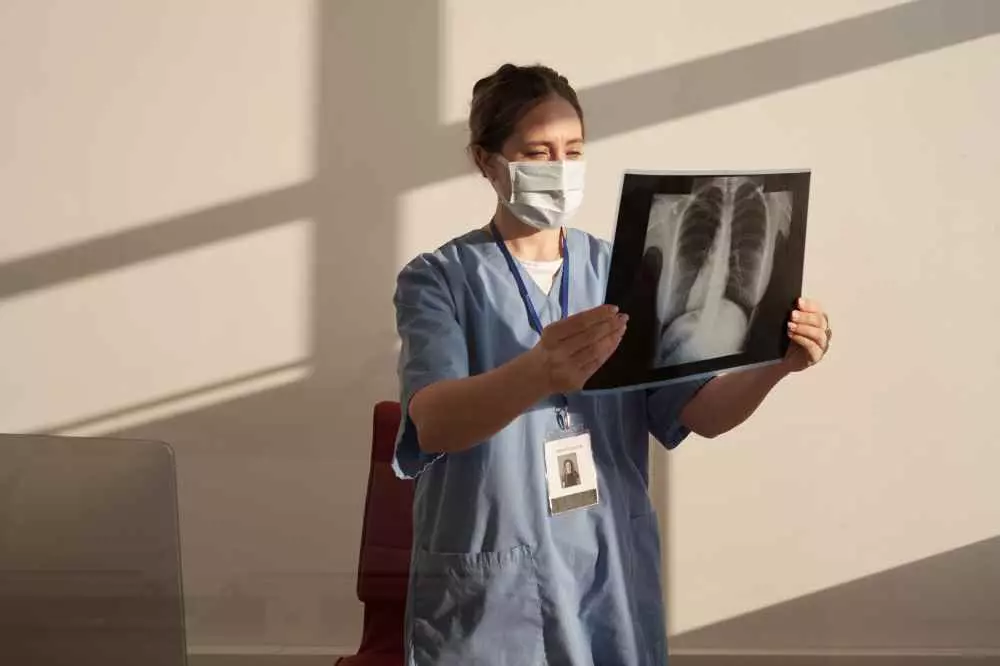Technologies to support diagnostics in medicine
Introduction to modern medical diagnostics
Today, technology plays a key role in medical diagnostics. As technology advances in both hardware and software, doctors can now not only diagnose diseases more accurately, but also monitor patients' progress more quickly and efficiently. The use of modern tools in diagnosis is helping to increase the quality of health care and reduce the risk of medical errors.
Medical imaging as the foundation of diagnostics
One of the most important areas in modern diagnostics is medical imaging. Methods such as magnetic resonance imaging (MRI), computed tomography (CT) and ultrasonography (ultrasound) have revolutionized the way doctors can analyze the health of patients.
MRI provides detailed images of soft tissues, making it an indispensable tool in neurological and orthopedic diagnosis. CT scans, on the other hand, due to their speed and precision, are often used in emergencies, allowing diagnostic concerns to be cleared up in an instant.
The role of artificial intelligence in diagnostics
Artificial intelligence is entering medicine with tremendous momentum, offering new opportunities for data and image analysis. Algorithms based on machine learning are able to identify patterns that can escape the human eye, and this leads to faster and often more accurate diagnosis. AI systems can predict the risk of various conditions, allowing for earlier detection and appropriate treatment.
Examples of AI applications include analyzing x-rays to detect lesions, and monitoring patients with chronic diseases by analyzing data from wearable devices.
Telemedicine and remote diagnostics
Telemedicine has become an integral part of modern health care, especially in the context of recent events related to the COVID-19 pandemic. With telemedicine, patients can receive diagnosis and consultation without having to physically visit a doctor's office. This is an invaluable aid in an era when in-person contact often comes with risks.
Telemedicine platforms offer doctors the ability to access patient data, test results and video consultation capabilities for efficient interviewing and diagnosis. Such solutions increase the accessibility of healthcare, especially in rural areas or for people with limited mobility.
Information systems in diagnostics
The use of information systems in medical diagnostics greatly facilitates the collection, storage and analysis of patient data. Electronic medical data management (EMR) systems enable doctors to quickly access medical histories, test results and medications, speeding up the diagnostic process.
By integrating with imaging systems, physicians can access imaging results directly in their software, eliminating the need for physical document transfer.
The future of medical diagnostics
As technology continues to evolve, the future of medical diagnostics is sure to be exciting. Genetic test results are expected to play an increasingly important role in personalizing treatment and predicting the risk of various diseases. Genetic tests can help identify patients who are more susceptible to certain conditions and need special care.
Interfaces that allow human-machine interaction may also become more sophisticated, making the diagnostic process even more intuitive and accessible.
Summary
Diagnostic support technologies in medicine have revolutionized the way doctors identify diseases and monitor patients' health. Imaging, artificial intelligence, telemedicine and information systems have had an invaluable impact on improving the quality of healthcare. As technology continues to evolve, we can expect diagnostics to become even more precise and accessible to a wider range of patients. This will certainly benefit both patients and the health system as a whole.